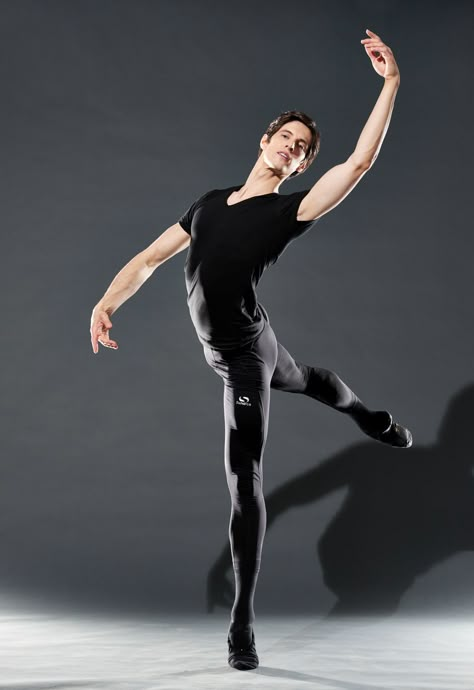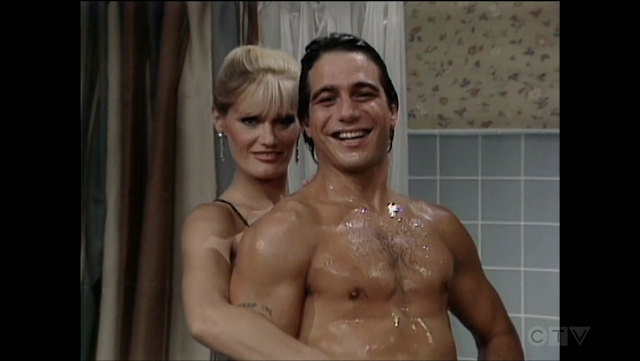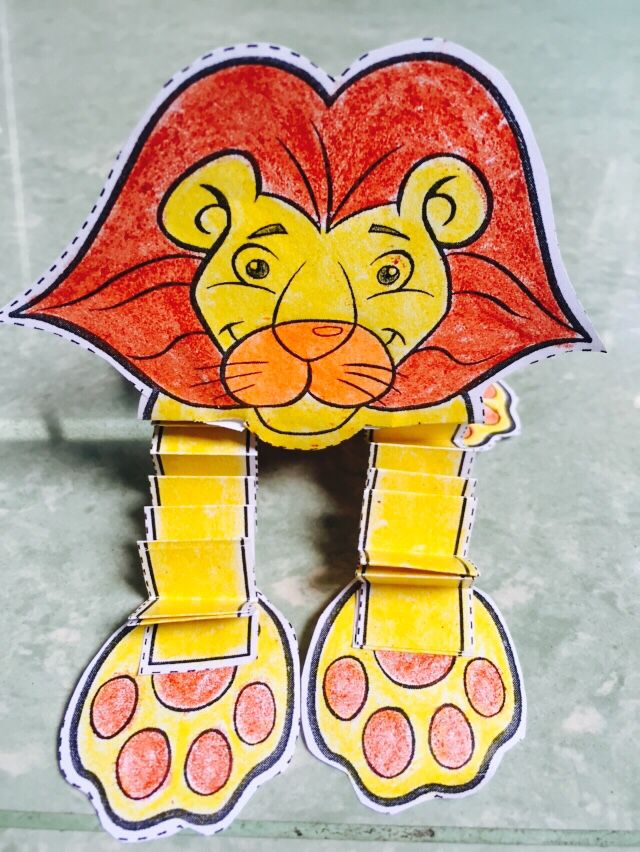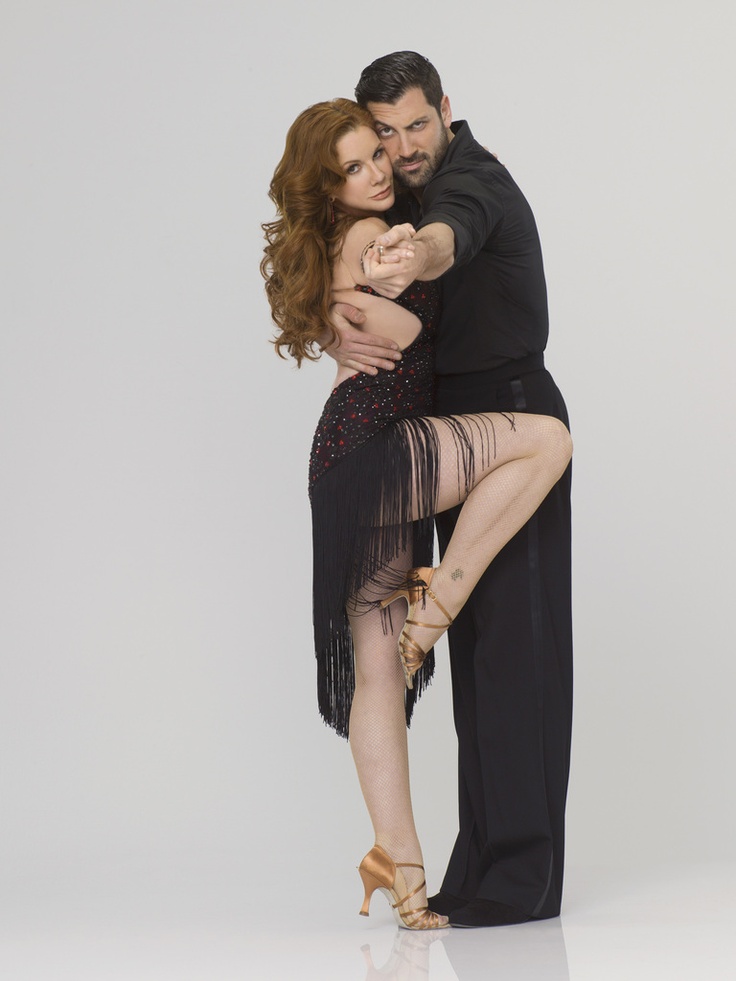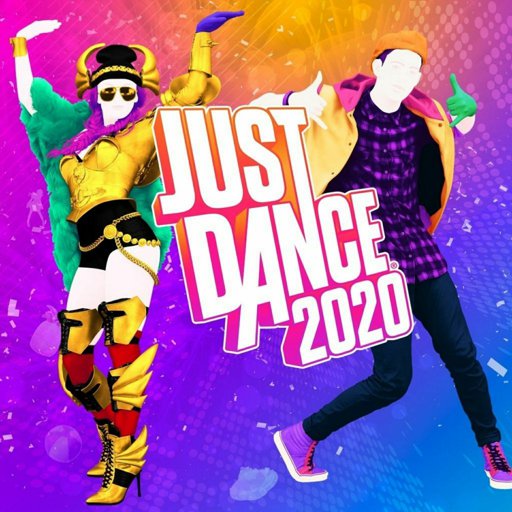How to be light on your feet when dancing
How to Make Your Dancing Lighter and Breezier
Lightness is the famously elusive quality that can make a dancer seem to float on air. But as with all things dance, what looks like pure ease onstage takes an incredible amount of effort behind the scenes. “It’s the proverbial carrot that I dangle for my patients,” says Melissa Buffer, a Boston-area physical therapist who works with dancers and other performing artists. “I tell them we’re doing all these exercises and all this work, but the cumulative effect will be that aesthetic quality of lightness.”
Whether you’re striving for a fast-on-your-feet, high-jumping version or its ethereal, arm-wafting sister, we’ve gathered tips and tricks to help you achieve this mysterious but prized quality.
Explore Contrast
Keep in mind that this quality is in many ways an illusion. After all, lightness only looks light when it’s contrasted with heaviness. “If you’re just doing lightness, the audience isn’t seeing lightness,” says Elizabeth Wright, a principal dancer with the Isadora Duncan Dance Company who’s on faculty at the South Carolina Governor’s School for the Arts and Humanities. She adds that Duncan, whose name is often used as synonymous with lightness, was a master of showing that contrast. “Her dances go back and forth between heavy and light, and that makes both extremes more visible,” says Wright.
Stay Grounded
For Xiomara Reyes, the professional training division head at The Washington School of Ballet, the key to this sense of contrast is being grounded. “If you want to fly, there’s a place you need to push from,” she says. “That’s part of the groundedness, to not be stuck but have that easiness to go to what’s next.”
Wright thinks of this in terms of oppositional energy. She works with her students on falls and weighted movements to help them experience the downward pull of gravity. “Once you find the strength in the legs and in the core and in the back, and that’s all coordinated, then you can lift up and move into lightness,” she says. “If you start with lightness, it’s then very hard to find that strength.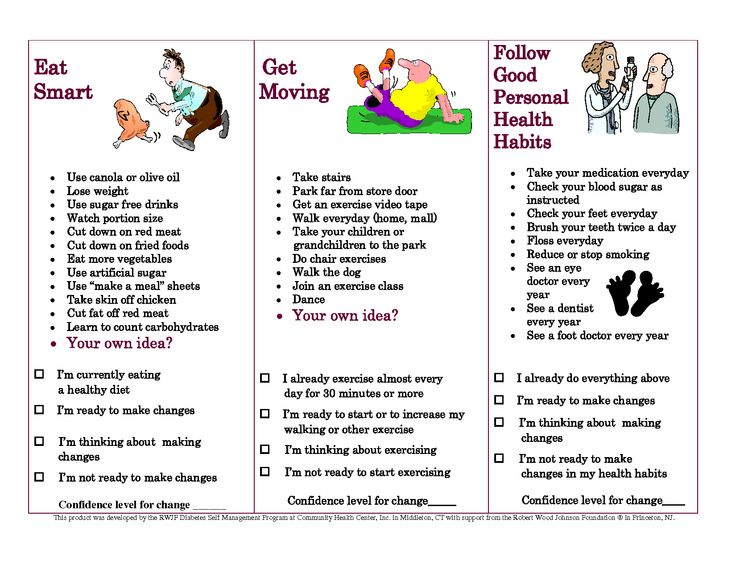 ”
”
Mena Brunette, courtesy Washington School of Ballet
Strong Arms Are Light Arms
Imagine that your body is an orchestra. “The lower body tends to be more of the rhythm section,” says Wright, “and the upper body is more of the melody.” Somewhat counterintuitively, the way to achieve that melodious quality is actually through strength.
“Some dancers have this misunderstanding that strength training for the arms will make you look bulky,” says Buffer. “But arm positioning, holding their carriage correctly with endurance and without compensation, comes from better strength and control.” Buffer recommends regular old push-ups or other weight-bearing exercises to aid shoulder stability, strength and awareness. “This will manifest in a lighter arm and a lighter hand,” she adds.
Once you have the freedom to hold your arms up with ease, Reyes relies on softening the elbow as you exhale during preparations to create a sense of lightness.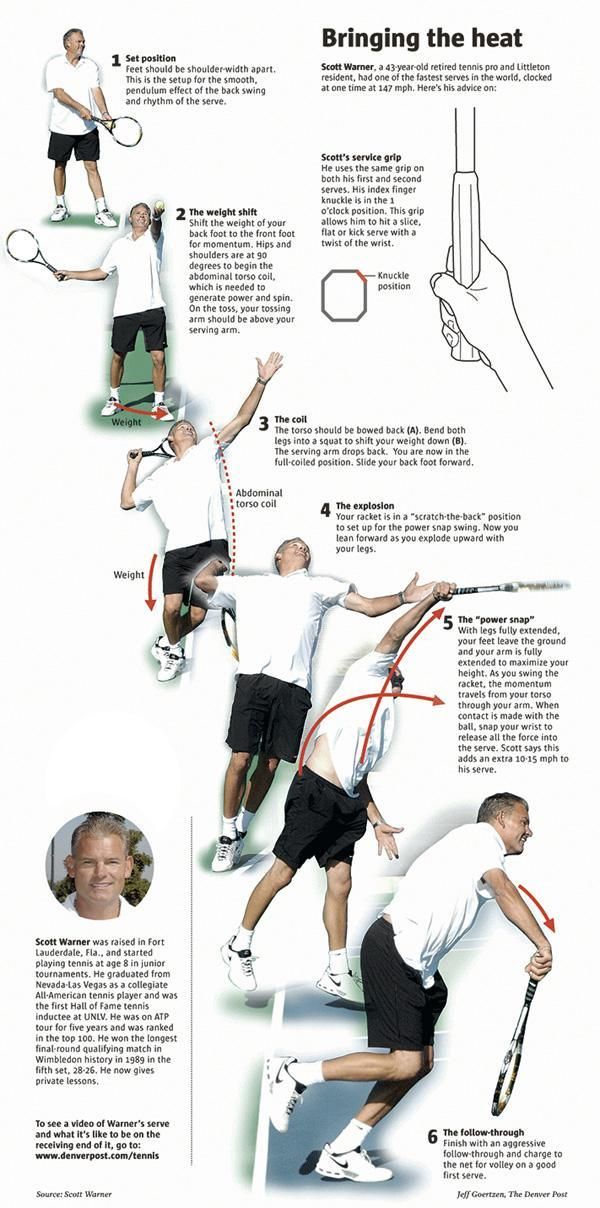 “Your port de bras should lead from the elbow,” she says, adding that this achieves a look of the whole body being synchronously in motion rather than the arms moving on their own.
“Your port de bras should lead from the elbow,” she says, adding that this achieves a look of the whole body being synchronously in motion rather than the arms moving on their own.
Learn to Float
One of the main areas where dancers strive for a sense of lightness is jumping. Although this quality looks like it’s achieved from jumping higher, Reyes believes it’s actually more about creating the appearance of staying in the air for longer. She helps her students achieve this seemingly impossible goal by telling them to coordinate the breath with the jump: inhaling while jumping, holding for a moment in the air, and then exhaling while landing. “Have a clear picture in mind of the position that you want to hit, and then take a little breath in that position, like someone’s taking a picture
of you,” she says, adding that a soft landing utilizing plié and
not immediately dropping the arms on touchdown are also key.
Buffer sometimes has dancers hold small weights and try jumping.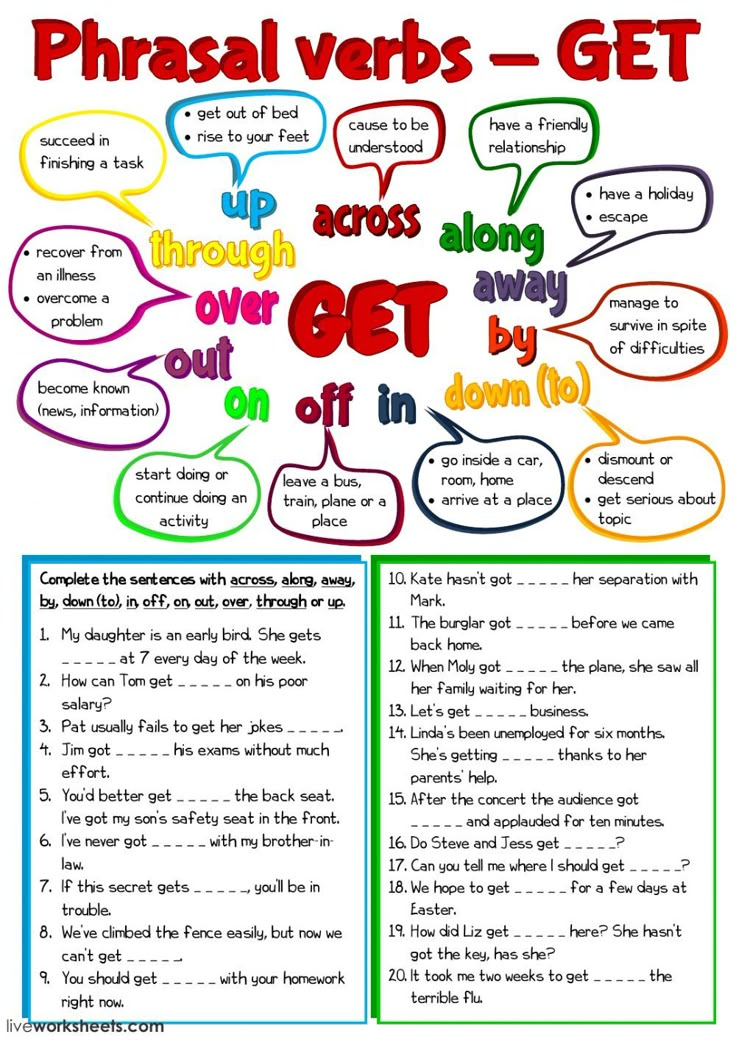 “It’s so simple,” she says. “Once they put the weight down and try to jump again, they’re going to feel really light.”
“It’s so simple,” she says. “Once they put the weight down and try to jump again, they’re going to feel really light.”
Courtesy Buffer
Breathe Through It
In order to steer dancers away from the “grippy” areas—clenched hands, tense jaw, held quads—that deter from a sense of lightness, Buffer works with her clients on breath control and core coordination. She sees gripping as a telltale sign of core weakness; since she believes that a good cardio-vascular system and a strong core go hand in hand, she focuses on breathing exercises that target the relationship between the pelvic floor and the diaphragm.
In one exercise, she’ll put a TheraBand around a dancer’s lower ribs, and cue them to expand their ribs on the inhale while consciously relaxing the pelvic floor. On the exhale, they’ll engage the pelvic floor and release the diaphragm. “It’s like watching paint dry, but it’s effective,” she says.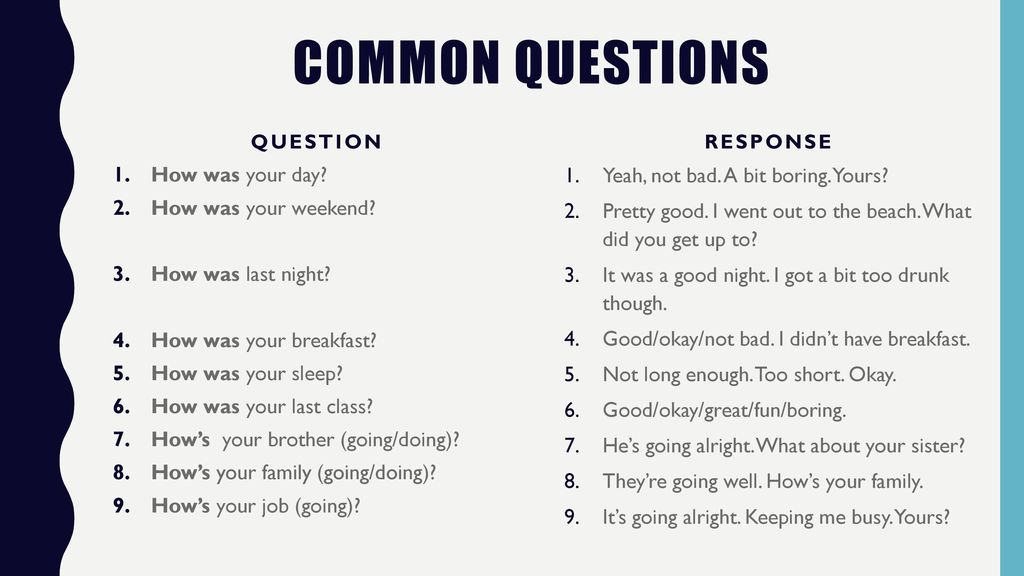 “If someone has a better use of their breath and the pressure management of their body, that gives us a better sense of ease and lightness.”
“If someone has a better use of their breath and the pressure management of their body, that gives us a better sense of ease and lightness.”
Similarly, Reyes has seen some dancers try to achieve lightness by holding their breath and not using their pliés. Instead, she says, it’s the exhalation that allows for greater freedom. She gives her dancers mindfulness exercises to practice this quality. One has them visualize breathing in the energy of the earth and consciously feeling the sensation of their feet on the floor while feeling spacious. “You keep pulling the breath up, swirling it around, and use the power of your imagination to create a flow in energy, moving past the frozen spots in your body,” she says. “When dancers are using their breath onstage, you can feel yourself dancing with them. That easiness makes it feel like they’re riding a wave.”
Teachers:
For tips on helping your students find lightness, visit dance-teacher.com.
Exercises for Being Lighter on Your Feet for Bollywood Dance
There are many different types of dance in India, which are typically categorized as either classical or folk. Different types of dance emerged in various regions of India, developed in accordance with regional traditions, and also absorbed elements from other regions of the nation, just like other aspects of Indian culture.
Different types of dance emerged in various regions of India, developed in accordance with regional traditions, and also absorbed elements from other regions of the nation, just like other aspects of Indian culture.
Bollywood dance is the form that is shown in Bollywood films. It's the fusion of different dance styles, including Bhangra dance, Hip Hop, Arabic, and Jazz dance.
There are various exercises that can help you to learn Bollywood dance online by being lighter on your feet for Bollywood dance, and a few are as follows:
1. Barre
- Benefit - A fitness regimen called barre is inspired by ballet. Your endurance will be improved by the high repetitions and pulsing involved. Ballet, Pilates, and yoga are frequently transformed into barre exercises. The objective is to increase general strength while toning the muscles.
- Procedure - The exercise is performed at a ballet barre and primarily utilizes your body weight which helps to increase your strength of feet.

2. Pile
- Benefit - A fundamental ballet motion is the plié. Your glutes and quads, among other upper leg muscles, are worked.
- Procedure - Remain upright. Your feet should be together. Your tailbone should be pointed toward the floor as you draw your shoulders back. Put your heels together and turn your feet outward. Activate your thighs and glutes. Without elevating your heels, bend your knees. Activate your center. Go back to your starting point.
3. Arabesque Leg Lift
- Benefit - The balletic arabesque is the model for this practice. Arabesque utilizes the glutes and thigh muscles similarly to the plié.
- Procedure - Place yourself in front of a bar or a stable chair. Face your feet forward and place your hands on the edge. Step back with your right leg, pointing your toes in the rear. Kneel to the left, with your back straight, and lean forward from your hips.
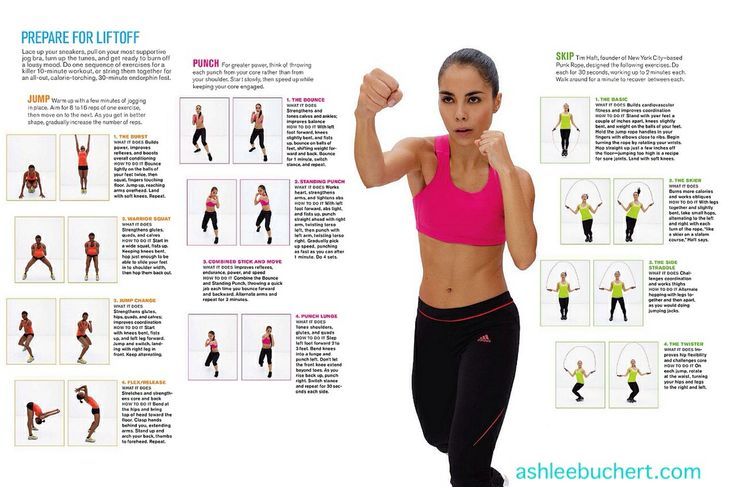 Activate your center. To get it level with your hips, raise your right leg. Tap the floor with your lowered leg. Repeat. Repeat by switching legs.
Activate your center. To get it level with your hips, raise your right leg. Tap the floor with your lowered leg. Repeat. Repeat by switching legs.
4. Pilates
- Benefit- Low-impact Pilates exercises for flexibility, stability, and endurance are used. It emphasizes postural alignment, Leg muscle strength, and the core.
- Procedure- As you compress and elevate your hips into the air, press your weight evenly into your feet, shoulders, and arms until your body forms a straight line between your shoulders and knees. Hold the posture while inhaling and exhaling three times. Return to the floor by lowering yourself. Rep five times more.
5. Pile Slides
- Benefit - Your leg muscles, notably your quadriceps and glutes, are put to the test with plié slides. They add an additional leg movement while maintaining the basic ballet stance.

- Procedure - Your feet should be somewhat broader than shoulder-width apart as you stand. Feet under knees, toes pointed outward. Put a cloth or sliding disc under one foot. Foot lateral movement When your thighs are parallel to the floor, bend your knees. Pause. Activate the beginning position with your foot. Repeat. Repeat by switching legs.
6. Pilates Roll-up
- Benefit - The Pilates roll-up is a typical Pilates exercise that strengthens your leg strength.
- Procedure - On a mat, start on your back. Legs should be straight, shoulders should be relaxed, and core should be active. Pointing to the wall behind you, raise your arms. Swing your arms up high. Lift your upper back while lowering your chin. Curl up the rest of your body while contracting your abs.
Keep going until you can sit up. Arms outstretched like a ballerina. Return to the beginning posture by pulling in your abs and lowering your body.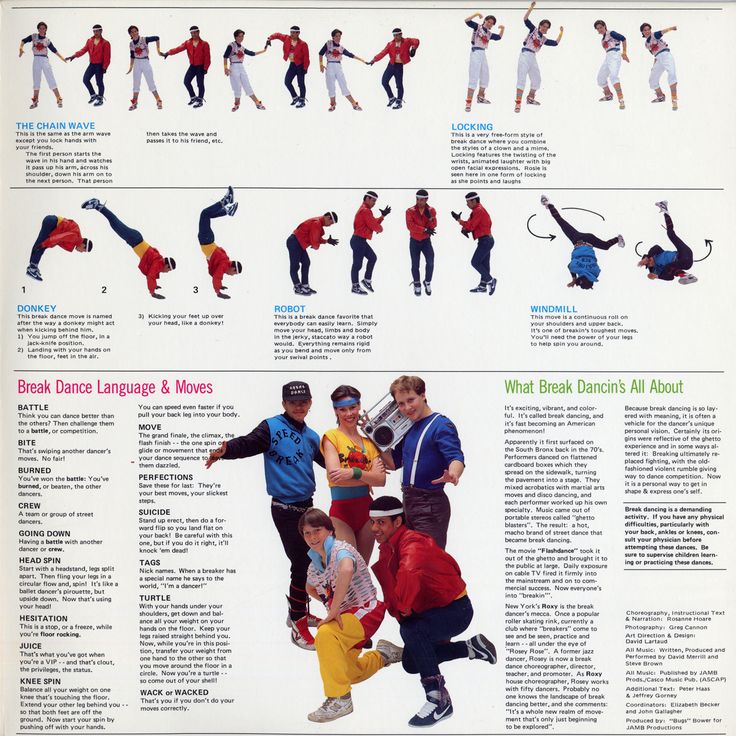 Repeat.
Repeat.
7. Bounce
- Benefit - With this exercise, you strengthen your biceps and hamstrings while raising your heart rate. Weights are optional; you can do it either way.
- Procedure - Place your feet about hip-width apart. Tap the floor while moving to the side and extending the opposing foot. Continue switching sides. Step to the side and bring both arms to your chest to add the biceps curl. Lift the extended foot toward your butt to add the hamstring curl. Continually switch sides.
8. Slide
- Benefit - Slides put a strain on your arms and legs while speeding up your heart rate.
- Procedure - Put your feet in a hip-width position. Knees slightly bent in that direction, take a step to the side. Join your feet together. Replicate going the other way. Continue your side-to-side stepping. Lift your arms to shoulder level each time you take a step to add the arms.
 Repeat.
Repeat.
For Being Lighter on Your Feet for Bollywood Dance, You Can Use the Following Effective Tips as Well.
- Kneel down a little bit. Your feet will feel lighter, and your movements will be more fluid and beautiful when your knees are bent. You become more agile, and dancing comes naturally to you.
- Off the ground, raise your heels. You can jump from one location to another more easily if you lift your heels off the ground. Your movements could get heavy if you keep your feet flat on the floor.
- To be light on your feet, aim to only use a portion of your foot when performing any step. To smoothly move into the following stage, use your toes and heels as needed.
- When turning, raise your foot. One of the most challenging aspects of any dance, it is believed, is turning while keeping your balance. So, to spin gracefully without losing your balance or appearing clumsy, lift your foot while turning.
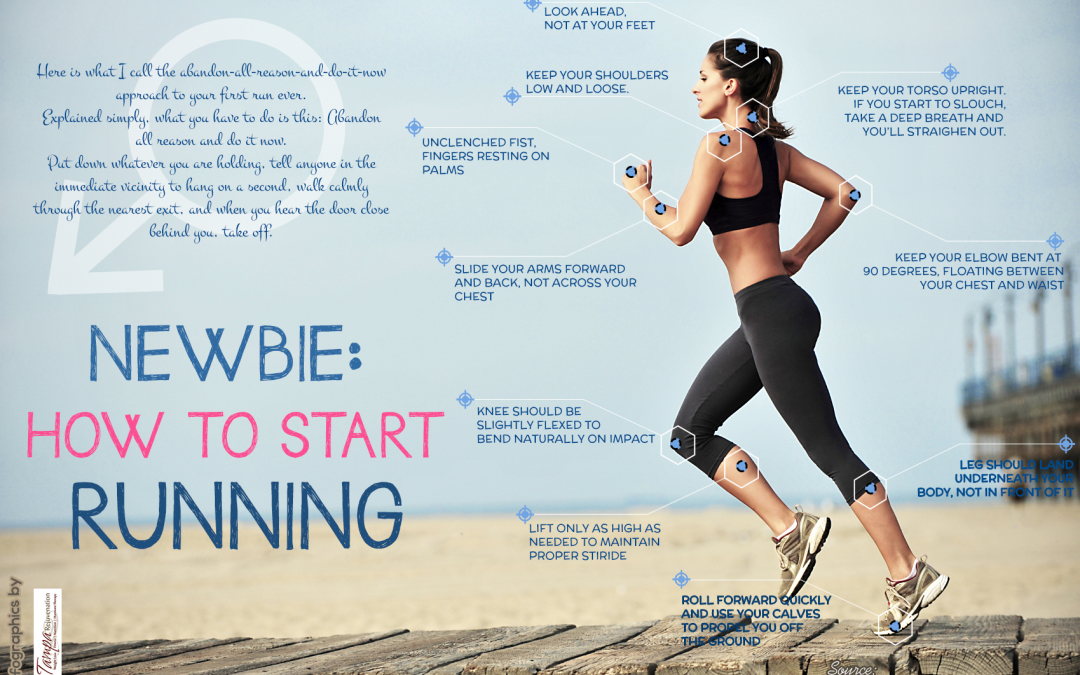 To avoid feeling lightheaded following the turn, attempt to concentrate at one moment during turning.
To avoid feeling lightheaded following the turn, attempt to concentrate at one moment during turning.
So, these were a few exercises and tips which can help you to be better in Bollywood Dance. With these tips, you can be lighter on your feet which will help you in Bollywood dancing a lot.
If you want to take Bollywood dance classes, then you can join classes offered by Kafqa Academy, which has the best dance instructors for Bollywood dance. By joining Kafqa Academy, you can easily learn Bollywood dance online. Enroll now and make the best of Bollywood dance classes conducted by our expert dance instructors.
Related Articles
- Bollywood Dance-A Phenomenal Fusion Of Vibrancy Rhythm and Energy
- How to dance Bollywood for Beginners: 10 Basic Steps to Start With
- Hip Hop Dance Vs Bollywood Dance Form: Which One Suits You
- 10 Tips To Help You Choose The Right Bollywood Dance Class Online
Dances
Author: Pavel Gather
Psychologist, Lecturer Salsa and Tango
Dances
Author: Pavel Pavel
Psychologist, Lecturer Salsa
on At the start, you always want to get a quick result. When it doesn't happen, the hypothesis arises that everything takes time. After a conditionally acceptable time, humility comes to mastering pair dances, which, perhaps, is not given, and I will just do what I learned somehow.
When it doesn't happen, the hypothesis arises that everything takes time. After a conditionally acceptable time, humility comes to mastering pair dances, which, perhaps, is not given, and I will just do what I learned somehow.
This is the most common story of those who believe that the mere act of attending a pair dance class is enough to learn how to dance.
Absolutely not. If you want to really dance well, you have to make an effort outside of the dance class. A good teacher will definitely be needed, but the initiative should be on your side.
1. Listen to music
The most common and accessible advice that is given already in the first lessons. And it definitely works. Music creates a certain atmosphere of the dance and intuitively you want to move to it. It doesn't matter where you listen to music - in the car, on headphones while walking or doing household chores.
An addition that will help you dance better is your active participation in the music.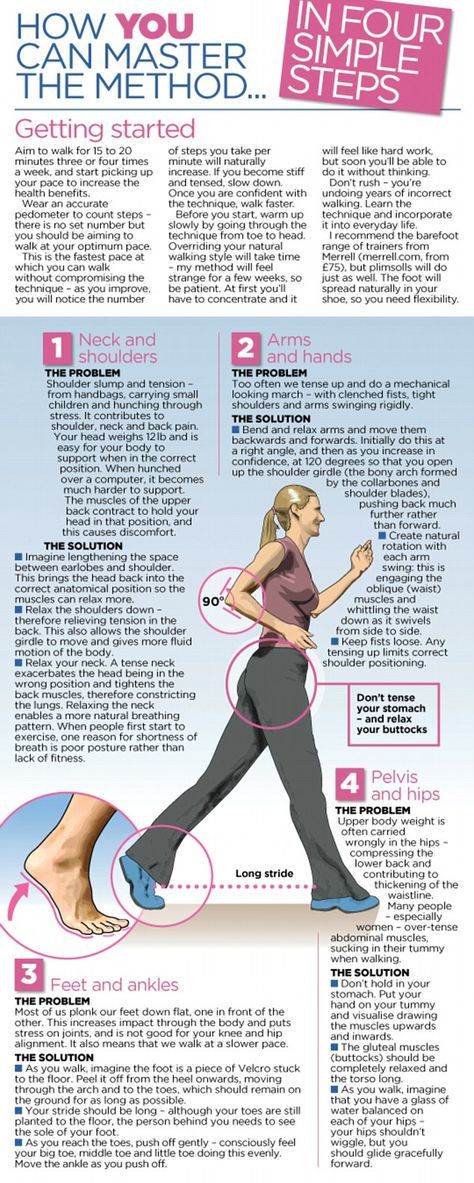 Sing along, dance or simply beat musical accents with any free parts of the body. In the subway, for example, it is enough to tap out bright moments with your fingers, in the car to sing along with sounds, and at home you can jump for pleasure.
Sing along, dance or simply beat musical accents with any free parts of the body. In the subway, for example, it is enough to tap out bright moments with your fingers, in the car to sing along with sounds, and at home you can jump for pleasure.
2. Watch videos of good dancers
It's complicated, but also obvious. It’s more difficult, because without recommendations from more experienced dancers, unfortunately, it’s not so easy to find a good quality video on the net (I mean not the resolution quality, but the content itself).
Meaningful video viewing is about building an understanding of HOW dancers make a particular impression on a partner or viewer. Technology is at the heart of everything. Understanding how the pros do it is a big step forward.
It is important to distinguish a show from a disco dance, a staged performance from an improvisation, a stylized dance from an authentic one, etc. Ask for recommendations and dance teachers will always throw off a couple of videos of worthy landmarks.
Tango Z. Showreel.
Online modern tango courses
Tango nuevo is the most advanced version of tango. We can quickly learn to dance from zero to a steep level.
| View details |
3. Dance in salsatecas/milongas/discotheques
A very delicate moment when it is worth coming to the first party. From a technical point of view, most students in 1-3 months have a sufficient set of figures and techniques to come and dance calmly. Psychologically, the same moment can be stretched out for an indefinite time. After all, it is imperative to “not lose face”, “learn more figures” and be sure what to do in case “there is an unfamiliar movement”.
In fact, the partygoers don't really care (except for a small layer of non-professional teachers who want to help inexperienced dancers by treating them as customers in the future). It is important to come and try dancing after a month of classes.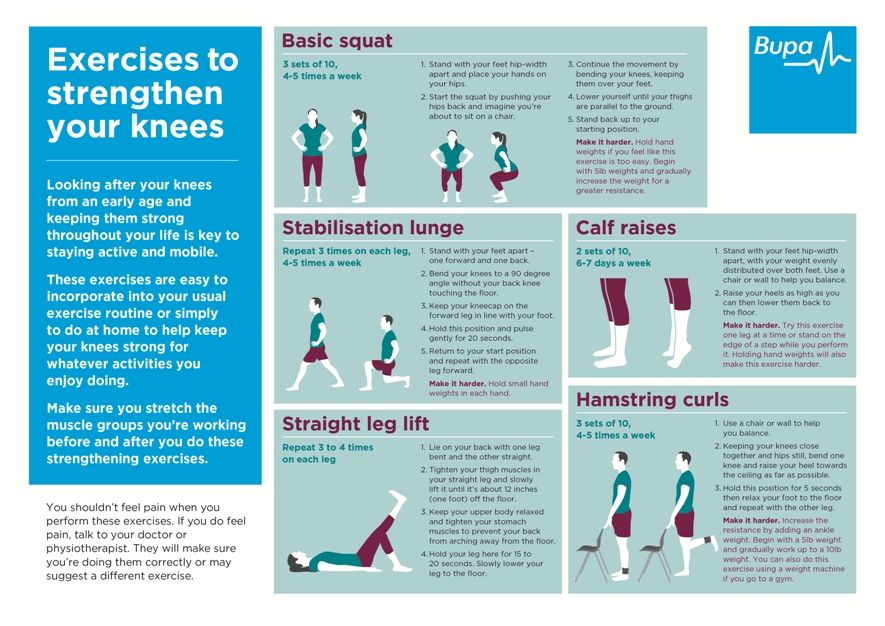 You can only with friends or guys from your group. This will be enough to feel the adrenaline and inspiration from the dance.
You can only with friends or guys from your group. This will be enough to feel the adrenaline and inspiration from the dance.
4. Dance with partners or partners not of your level
The conventional wisdom that you need to practice in groups of your level does not withstand the test of experience. Perhaps now your eyes widened in surprise, and you want to meaningfully read the phrase again. Yes, you saw everything correctly: when you dance with a partner of your level, you don’t grow anywhere.
It's important to understand that not only does it work one way and you have to dance with cooler dancers, but it works even more effectively the other way. It is no coincidence that teaching pair dances dramatically raises the level of the teacher himself. You have an endless stream of very beginner dancers.
How it works. A more experienced partner needs to be "stretched". It's easy and obvious. With beginners, you need to take more initiative on yourself, see the general pattern of the dance more widely, turn on and insure more, try to be an example and be more careful.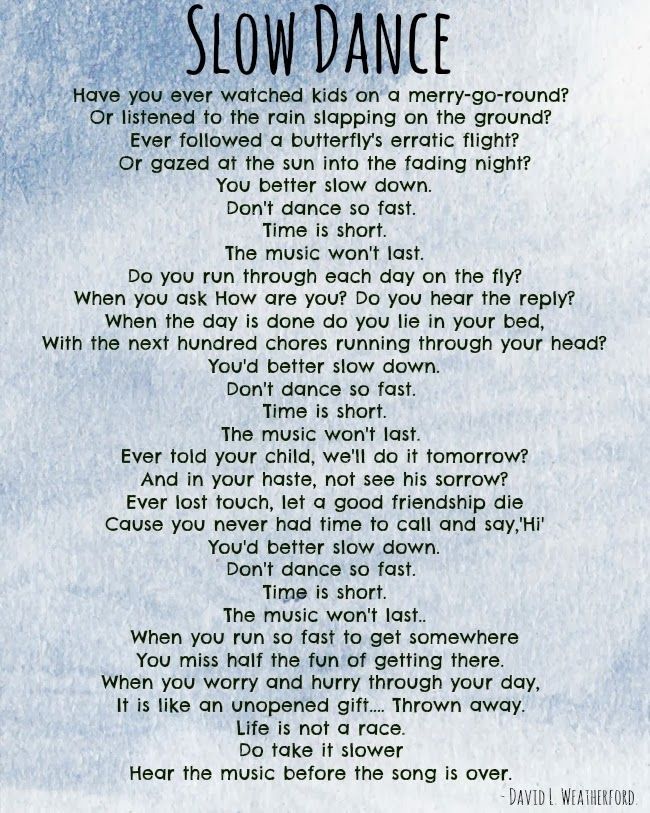 The quality of interaction begins to grow significantly. And wonderful partners too.
The quality of interaction begins to grow significantly. And wonderful partners too.
Dancing with partners of your level doesn't make you grow. Dance with both beginners and more advanced dancers
Dominican Bachata Women's Style Online Course
Want to learn how to hypnotize those around you with the most appetizing part of your body? On the course we will tell you all the secrets.
| Interesting |
5. Learn to dance for a partner and for a partner
Turks and Argentines are one of the best partners in the world. In Russia, partners are highly valued. Why? The answer is simple. In Argentina and Turkey, it is not questionable for men to ask another man to lead in one piece or another and give feedback on the quality of the lead. For them, it will be a great shame to hear moralizing from a partner, or even more so to be known in the community as an insecure partner.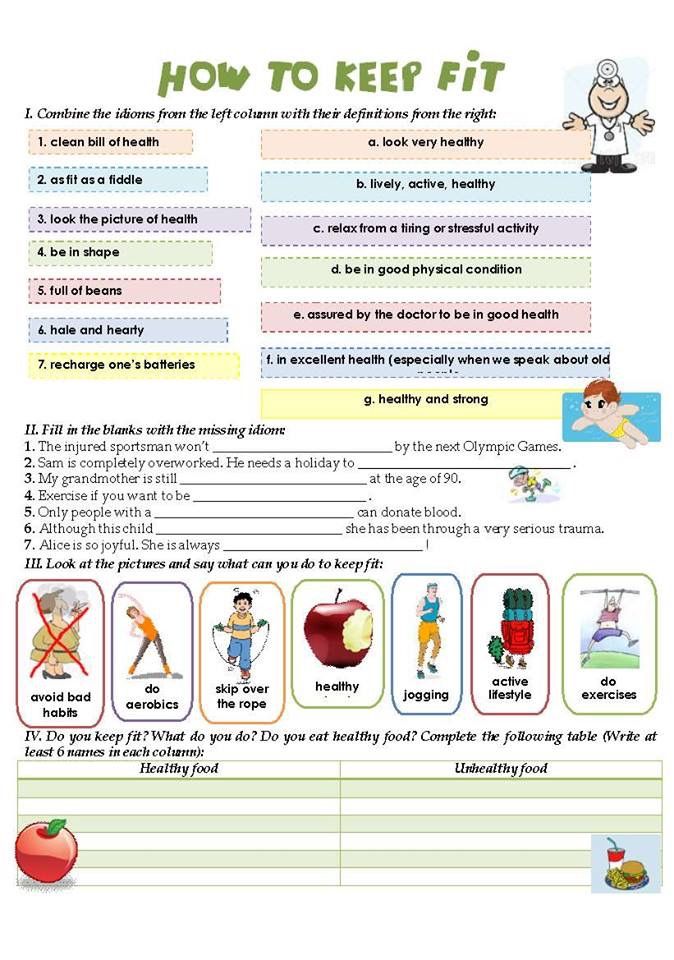
In Russia, due to the constant, often far-fetched, opinion that there are more women in pair dances, partners calmly get up and study their partner's part. Such partners then grow into very cool dancers and teachers. In no case do this at parties, only in class. Here we are talking only about the learning strategy. At parties, be yourself.
6. Do not memorize the links
Always try to look deeper and understand the through principle and idea of movement. Understanding what and how is done will make it possible to independently generate any sequences and chips.
Human memory is limited and there will always be a moment when something will escape and your repertoire will be limited by the size of RAM.
In Argentine tango, for example, there are seven levels of movement construction that, when mastered, will allow you to make millions of combinations. And how many dance sequences can you really remember? In rueda, more than 150 figures dance in a rare circle. It's hard to keep more in mind.
It's hard to keep more in mind.
7. Develop your body
Many years of experience in teaching couple dance shows that as soon as everyone pairs up in a class, any progress in individual style ends. But it is the individual style that distinguishes everyone at the disco: partners change, and style is always with you.
The body as the main instrument of dance must be very plastic, responsive and emotional. Surprisingly, not all pair dance schools have a general physical warm-up. It is vital to tune the body and understand how it works.
You can always train extra and concentrate more on the basic steps, as their true value is as body work. The sequence of steps is, in fact, the simplest thing that can be in pair dancing. The quality of individual performance determines the craftsmanship.
8. Try on the images of inspiring dancers
A psychological life hack for those who have already mastered the steps, but still feel that there is not enough brightness and drive. Most are terribly afraid of being someone else's "clone". Here the action is the same as under the influence of hypnosis - the more you resist, the more you plunge into an altered state of consciousness.
Most are terribly afraid of being someone else's "clone". Here the action is the same as under the influence of hypnosis - the more you resist, the more you plunge into an altered state of consciousness.
With a high degree of probability, you are already dancing like someone else's "clone". A meaningful fitting of someone else's image is that you mentally take the image of the one who inspires you (inspiration is critical in this case) and "put on" yourself. Then you start dancing and trying to feel in general how it is to be able, for example, to be the best partner or the sexiest partner in a disco. This is much more difficult than it seems. But it works extremely efficiently.
9. Dance to offbeat music
Habitual rhythms keep you tight. Tango salon or speedy timba leave little room for experimentation and fantasy. Pattern dancing is always noticeable and is reserved for beginners.
The truly new is born outside of the usual. Look for places to experiment. If there is no place, organize self-training. The main thing is not to get carried away, because music determines the style. We bring something new to pair dances, rather than trying to change them.
Look for places to experiment. If there is no place, organize self-training. The main thing is not to get carried away, because music determines the style. We bring something new to pair dances, rather than trying to change them.
Search, improvise, don’t be afraid to go beyond, develop in different directions, be inspired by music atypical for the style
10. Try your hand at basic dance directions
dances exist according to their own non-choreographic laws.
This is the deepest delusion, which has turned into a ceiling for the qualitative development of partner dances. After all, all professional dancers, for example, in salsa or bachata, build their ideas on the basic choreographic principles.
Do not think that choreography is only applicable on stage. Any meaningful movement of the body can be choreographic. In general, try classical or modern choreography. Basically, hip-hop can work too.
11. Look for battle sensations
Pair dances return us to an active position of manifestation of our body. As in the days of our ancient ancestors, we impress the members of the opposite sex by how dexterous, hardy, sexy, etc. we are. Modern laws of the jungle in the entourage of large cities.
If you look around the dance floor, it becomes clear that the majority are clearly herbivores (not in the sense of vegetarians, but in relation to those around them). I am sure that predators are always more interesting in terms of the attractiveness of the image - try to find a counterbalance among herbivores, for example, a cat woman or a lion man.
The conversation is about an internal position, not about aggressiveness. Lability and lack of control are inherent in adolescents, and not in adult self-sufficient people.
Accordingly, even a training or friendly battle gives, on the one hand, practical skills - to make a bright sequence of movements, bring an idea to a climax, show a spectacular feature, on the other hand, develops the psychological basis of the dance - self-confidence, resistance to extraneous attention, self-control and self-control in complex elements.
12. Communicate with professionals
The environment shapes the internal position. Basically, real passionaries of the dance community are ready to openly talk, discuss and support the development of dance in every possible way. Universal principles and the ideas they articulate have a much longer and more practical perspective than meets the eye.
Accept that, for example, behind the words "listen to your partner" is not only a beautiful metaphor, but also a practical skill to literally listen to your partner. At the same time, always treat every thought, even the most respected teacher, as a private opinion.
Your skill will lie in finding the scope of the idea even in conflicting opinions. Most often, the contradiction is speculative and the truth lies in the angle of perception or situationality.
Your dancing growth will stop sooner or later. This can happen at the level of three basic steps or years of experience in teaching and show performances.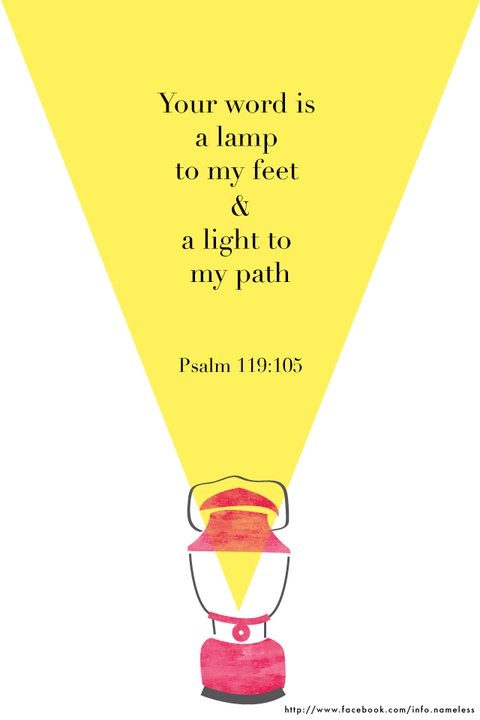 Regardless of your level, the suggested 12 life hacks can get you off the ground and greatly accelerate your dance growth. There is no way here without your motivation and activity. Take your dance development into your own hands. 9Ol000 Dangerous sexuality
Regardless of your level, the suggested 12 life hacks can get you off the ground and greatly accelerate your dance growth. There is no way here without your motivation and activity. Take your dance development into your own hands. 9Ol000 Dangerous sexuality
Salsa: destroyers of stereotypes
Couple dancing as a source of strength.
Self-destruction of the couple dance community
The Salsa series as a mirror of the community
Mamita Fridays: salsa, bachata
Destroying the myths about leading pair dances
Does dancing make us better?
The seven deadly sins of teachers
Why we will never dance bachata like the Dominicans
Why tango?
Dispute over musicality
Selection of dances according to alcohol preferences
Where to find inspiration for dancing?
Terrible tango nuevo
Distribution of roles in a salsa party
Argentinean tango through the eyes of a salsa dancer
Is there a predisposition to dancing?
Which is more effective: individual or group lessons?
Sexual connotations in partner dancing
7 tips for those who want to learn how to dance
September 9, 2020 Reno5 Life
Dancing is a great way to make friends with your body and gain self-confidence.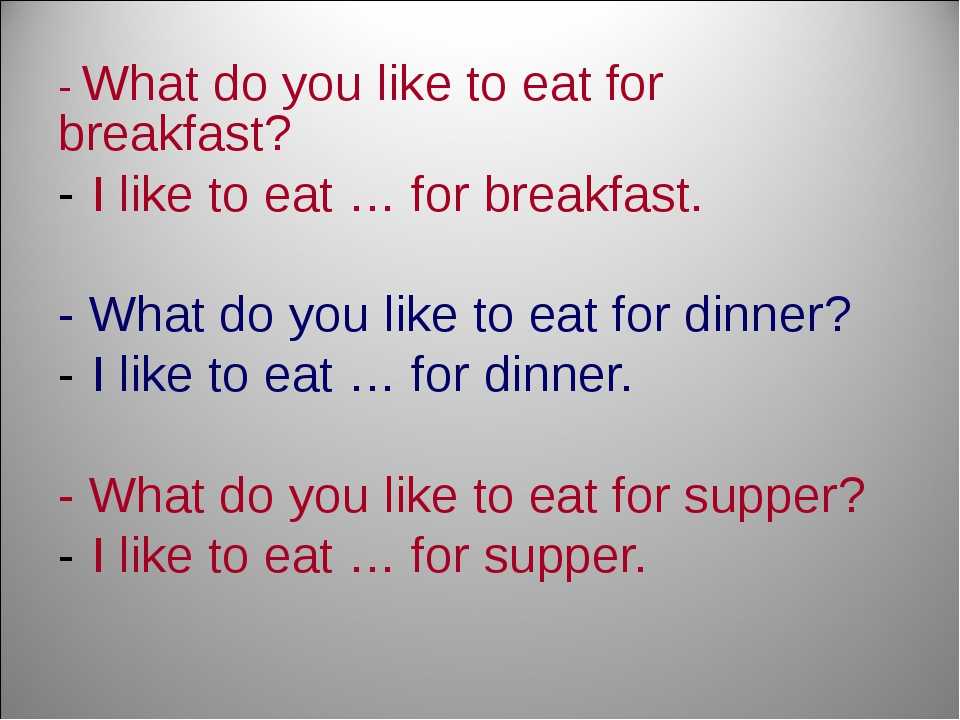 And yes, they can be mastered at any age.
And yes, they can be mastered at any age.
1. Choose your style
The idea here is the same as for sports: if you secretly hate yoga or iron exercises, you are unlikely to go to workouts week after week. To achieve noticeable progress in dancing, a beginner will have to practice a lot and regularly, so it’s better not to torture yourself and choose a direction that really ignites.
You can focus on the music that you like - you need to catch the drive from movements to it. It is music that forms the style of dance and its energy, so decide what is closer to you: for example, funk lovers should try popping or locking, folk fans may like Irish dancing, and if you respect jazz, swing and everything like that, take a closer look at lindy hop.
Another criterion is the nature of the movements. Some are closer to dynamic, as in hip-hop, others are smooth and sensual - for this in tango. There are also health restrictions to consider. So, twerk is not suitable if there are problems with the lumbar spine, with sore knees it is better not to get involved in shuffle, and it will be difficult for an aged person to master house.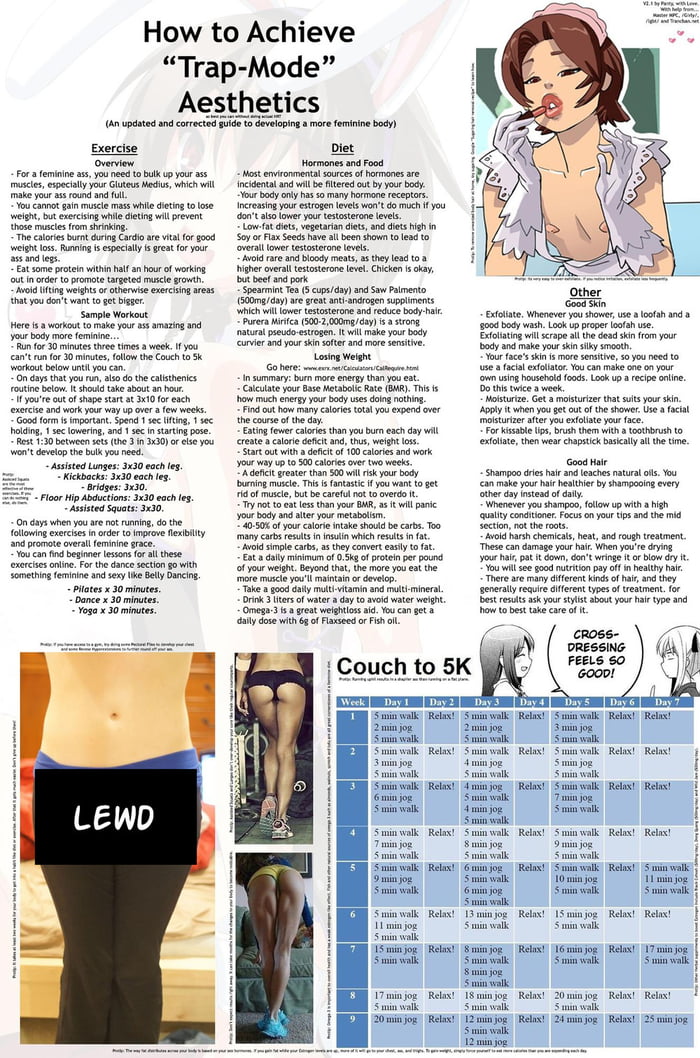
2. Set a goal
Photo: Iakov Filimonov / ShutterstockYou can start dancing at any age, but it's important to keep in mind why you started it in the first place. It is perhaps too bold to expect that in half a year of classes it will be possible to reach the level of international dance championships from scratch. But if you want to try dancing in order to develop plasticity and learn to feel the body better, great, go ahead.
Don't expect to get it right the first time. When you learn from scratch, difficulties are absolutely normal, the main thing is not to score in classes. Over time, both the correct posture and a beautiful gait will be developed, and as a bonus you will also get self-confidence - with freedom of movement, freedom from complexes will come.
3. Don't give up on sports
Some dances in themselves make for a good workout. A vigorous shuffle will replace cardio, and a break can give a load to almost all muscle groups. And yet, without preparation, it will not be easy. A more or less good stretch is needed in any type of dance, and, for example, strong arms and strong abdominal and back muscles are also useful for pole dancing. You can combine dancing with strength exercises, but you need to give the body time to recover and not plan classes in a row, but allocate at least a day of rest between them.
A more or less good stretch is needed in any type of dance, and, for example, strong arms and strong abdominal and back muscles are also useful for pole dancing. You can combine dancing with strength exercises, but you need to give the body time to recover and not plan classes in a row, but allocate at least a day of rest between them.
And don't forget to warm up before dancing. So that the training does not end with an injury, the muscles and joints need to be prepared for the load. You can allocate 10–15 minutes for a warm-up, it should include simple articular gymnastics (at least elementary rotational movements of the shoulders and knees), tilts and dynamic stretching.
4. Take some lessons from a trainer
Especially if you have never danced before. Those with experience can learn new styles at home with video tutorials, but that's because they already know how to control their bodies. Beginners are unlikely to succeed, but disappointment in themselves and demotivation are guaranteed - if you can’t repeat elementary movements, then there’s no point in doing it.
Nothing really strange here. Without preparation, it is difficult to just take it and start moving freely. At least the basic elements are better to master under the guidance of a pro, and when you feel that you are coping, supplement these lessons with home workouts.
5. Learn something new in every class
When you repeat the same set of exercises and movements over and over again, classes turn into a good way to pass your free time, only you can forget about progress. Acquaintance with new elements is the same mandatory part of any workout as a warm-up. It doesn't matter if you work with a mentor or on your own.
Do not immediately try to copy cool dancers. First, study the basic movements, then try to combine them into bundles until you hone them to automatism, and then experiment and improvise, creating something new based on familiar elements.
6. Record yourself on video
You don't need to record the whole workout from the warm-up on, it's enough to record only those moments with which you have problems.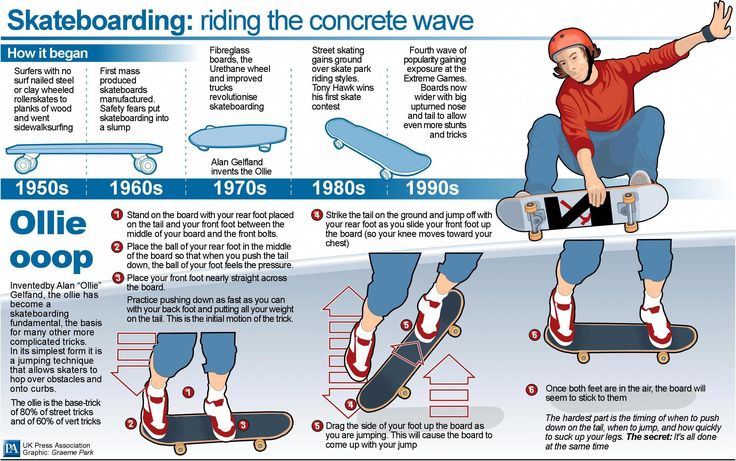 These can be separate movements or bundles that are not given in any way. Review the video and, if possible, objectively assess what is wrong: perhaps there are technical problems that are difficult to notice in the process. When you understand what's wrong, try to repeat the movement and record it on video again - and so on until you achieve a good result.
These can be separate movements or bundles that are not given in any way. Review the video and, if possible, objectively assess what is wrong: perhaps there are technical problems that are difficult to notice in the process. When you understand what's wrong, try to repeat the movement and record it on video again - and so on until you achieve a good result.
This approach will help you find errors and track progress. You can not even limit yourself to memorized ligaments, but improvise - then see how it looks from the outside.
7. Find like-minded people
Photo: Iakov Filimonov / ShutterstockIf you need an extra reason not to miss classes, then meeting new people can be a good motivation. It is easier here for those who train in a group. Often the dance school becomes the center of a close-knit community, where people come not only for the sake of classes, but also just to spend time together at dance parties.
Finally, the more partners around, the more experience.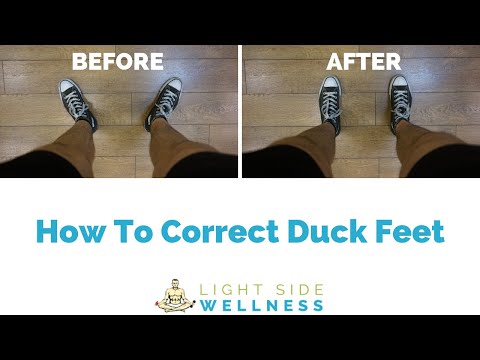 Do not limit yourself to dancers of your level of training and practice with those who are stronger or weaker than you. In the first case, you will be able to improve your skills, and in the second, you will try yourself as a coach - this, by the way, is a good way to learn to take more initiative and understand the very principle of movement in dance, and not just memorize the alternation of chords.
Do not limit yourself to dancers of your level of training and practice with those who are stronger or weaker than you. In the first case, you will be able to improve your skills, and in the second, you will try yourself as a coach - this, by the way, is a good way to learn to take more initiative and understand the very principle of movement in dance, and not just memorize the alternation of chords.
Stay fit and connected with the OPPO Watch. They have two powerful processors, a bright AMOLED display, 1 GB of RAM and 8 GB of internal memory, Bluetooth, Wi-Fi and NFC modules. And more than 90 training modes, including those designed specifically for ORRO. Work out cooler with music, you can listen to it in streaming services or download tracks to the memory of your watch.
If you want to enjoy clear sound, the OPPO ENCO W31 Wireless Headphones are for you. Two-level noise reduction system, easy operation and stable connection will make listening to music and talking on the phone as comfortable as possible.

